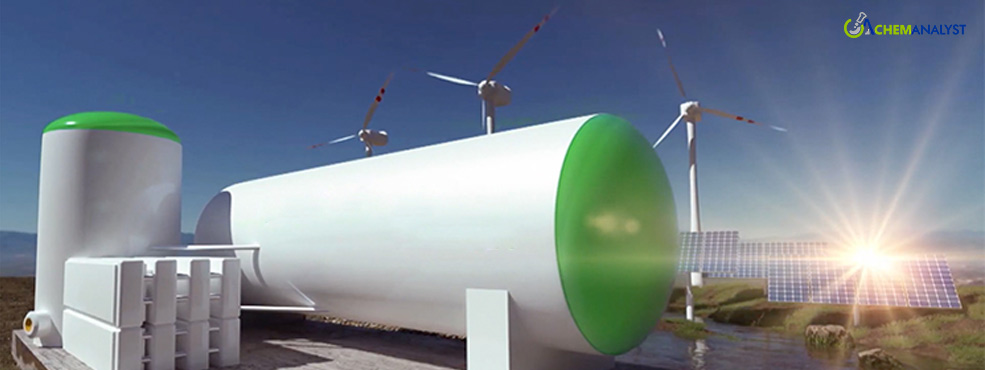Chevron Sets Sights on Oilfield for Debut Green Hydrogen Plant
- 06-Mar-2024 11:28 AM
- Journalist: Francis Stokes
US energy giant Chevron has unveiled its ambitious initiative to construct its inaugural green hydrogen facility at the Lost Hills oilfield in Kern County, located in southern California.
Scheduled to commence operations in early 2026, the project will harness energy from an existing 29-megawatt solar array, currently fulfilling 80% of the oilfield's annual energy requirements, to generate up to 2.2 tonnes of hydrogen daily through a 5-megawatt electrolyser. Chevron intends to utilize "non-potable" water, a by-product of its operations at the oilfield, for green hydrogen production, despite its non-drinkable nature, it remains suitable for this purpose.
The Lost Hills initiative will serve as a hydrogen source for a refuelling network spanning California. In a collaborative effort with Japanese oil company Iwatani, Chevron committed in 2022 to jointly establish 30 hydrogen filling stations across the state by 2026. However, while Iwatani lists four operational hydrogen refuelling sites on its platform, it has alleged in a legal dispute with technology provider Nel that six additional stations faced operational or startup challenges.
European energy giant Shell has discontinued its involvement in supplying hydrogen fuel for light-duty passenger vehicles in California, yet it retains operations at three sites designated for servicing trucks.
Chevron has emphasized that the commencement of the 5-megawatt Lost Hills electrolyser hinges upon various factors, including the adaptability and supportive nature of policies and regulations at federal and state levels.
This alludes to the final guidelines for the 45V clean hydrogen production tax credit, offering $3 per kilogramme provided carbon intensity remains below 0.45 kilogrammes of carbon dioxide per kilogramme of hydrogen. Draft regulations released by the US Treasury in December stipulate criteria requiring zero-carbon power supply to originate from newly constructed assets within three years of the hydrogen facility, rather than drawing from existing renewable or nuclear sources. Additionally, from 2028 onwards, electricity utilized by electrolysers must be matched with renewable energy on an hourly basis. Industry stakeholders argue that these provisions could inflate green hydrogen costs, rendering it uncompetitive against fossil-fuel-derived alternatives such as grey hydrogen or diesel.
At the state level, California mandates that one-third of hydrogen supplied to subsidized refuelling stations must be renewable. However, an assembly bill proposing additional requirements for renewable hydrogen died in early February during a third reading.
While the Lost Hills project marks Chevron's inaugural independent venture in green hydrogen development, it's not the company's first foray into electrolyser projects. In September of the previous year, Chevron acquired a majority stake in the ACES Delta project in Utah, boasting a 220-megawatt capacity with salt-cavern storage for 11,000 tonnes of hydrogen. This facility will cater to an adjacent 840-megawatt gas-fired power plant, with the electrolysers already delivered and initial production anticipated to commence by 2025.
Furthermore, Chevron holds a 50% stake in a waste-to-hydrogen facility slated for construction in northern California this year, with plans to supply refuelling stations across the state.



